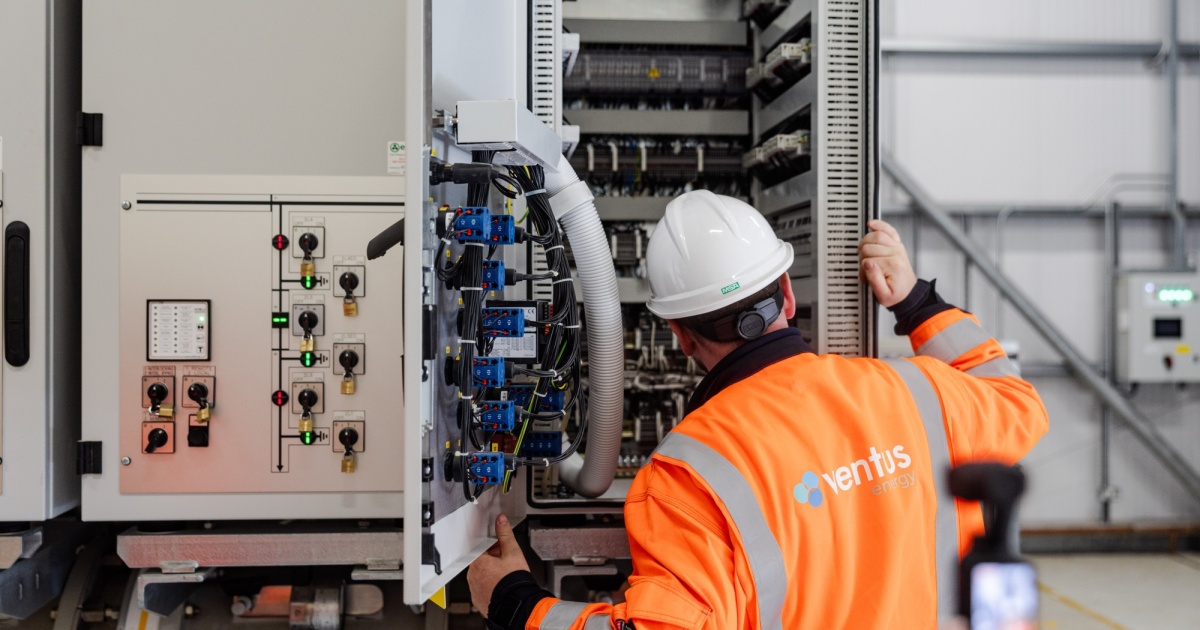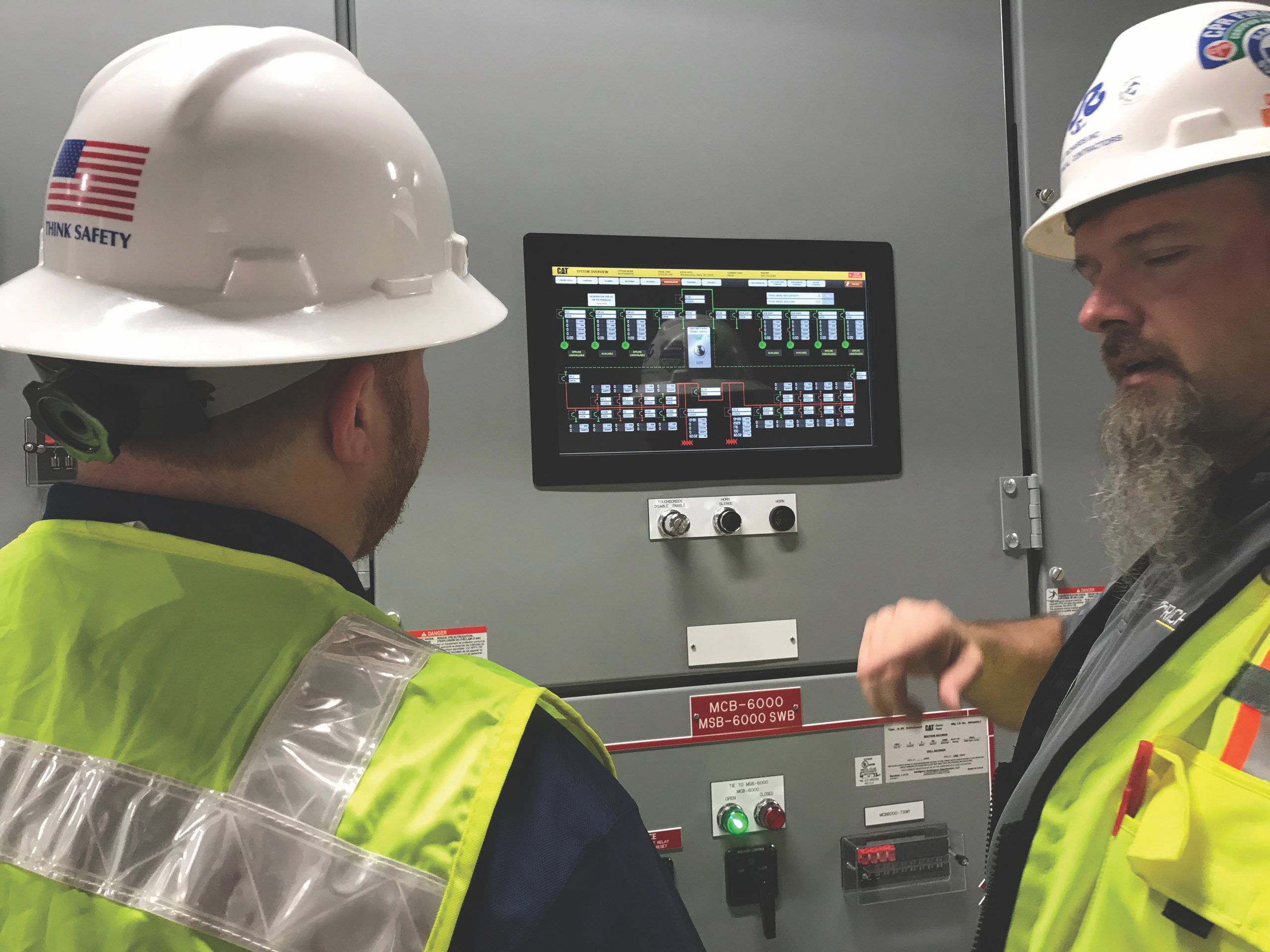High voltage commissioning is the final proof that an electrical infrastructure project is safe, compliant, and ready to energize. It bridges the gap between installation and real operation by confirming that every primary and secondary system performs as designed under controlled test conditions.
Because HV assets carry high risk and high cost, commissioning has to be systematic and well documented. A clean commissioning program reduces early failures, prevents outages, and protects people and equipment from avoidable hazards.
Commissioning scope and planning fundamentals

HV commissioning starts long before the first test set arrives on site. The team reviews design documents, drawings, protection studies, and manufacturer manuals to define what must be tested and how acceptance will be judged.
A commissioning plan then breaks the work into clear stages. Typical stages include pre commissioning checks, cold tests, functional tests, and energization readiness. This plan must align with construction sequencing so tests are not rushed or repeated because of late changes.
Equipment data is collected early to create test sheets for each asset. These sheets list nameplate ratings, test limits, and pass criteria. At this point, learn more about high voltage test and commissioning fits naturally into the process, because it shows how structured test protocols reduce risk and speed approvals.
Safety planning is equally critical. HV commissioning requires defined exclusion zones, lockout tagout procedures, earthing points, PPE standards, and emergency response readiness. A clear permit to work system ensures nobody is exposed when circuits are being proven or energized.
Finally, the team confirms tools and calibration. Test instruments must be suitable for the voltage class and recently certified. Without proper calibration records, results may be rejected even if the equipment is fine.
Key HV tests and what they verify

Commissioning usually begins with visual and mechanical inspections. Technicians verify clearances, torque settings, oil or gas levels, correct phasing, labeling, and physical integrity of terminations and joints.
Electrical testing follows in a logical order. Insulation resistance and polarization index tests check basic insulation health on cables, transformers, and switchgear. These tests provide an early warning if moisture, contamination, or damage exists.
High potential tests then confirm insulation strength under elevated voltage. For cables, this may be VLF or DC depending on standards and manufacturer guidance. For GIS or switchgear, AC withstand tests prove that internal insulation paths are stable.
Transformer commissioning includes winding resistance, ratio tests, magnetizing current, vector group verification, and dielectric tests on oil or solid insulation. These confirm the transformer was installed correctly and has no internal defects.
Primary injection and secondary injection tests validate protection systems. Primary injection proves CT polarity and ratio, while secondary injection checks relay logic, trip times, interlocks, and SCADA signals. Functional tests also confirm breaker operation, closing and tripping circuits, and fail safe behavior.
Earthing and bonding tests verify that step and touch potentials remain within safe limits. This is essential for substations, solar plant collector yards, and industrial HV systems where fault energy can be significant.
Energization readiness, records, and handover

After tests pass, energization is treated as a formal milestone, not a casual switch on. The team completes a readiness checklist that confirms all outstanding punch items are closed or risk assessed.
Interfaces are reviewed carefully. Live energization requires correct coordination between incoming feeders, transformers, protection settings, and control systems. Any mismatch can trigger nuisance trips or create unsafe conditions.
Commissioning results are compiled into a structured dossier. This includes test sheets, calibration certificates, drawings marked as built, protection settings files, and signed approvals. Clear records matter because they become the baseline for future maintenance and fault investigation.
Training and operational handover follow. Operators should be walked through switching sequences, alarm meanings, maintenance access points, and emergency isolation steps. A short practical training session prevents operator error in the first weeks of service.
Post energization monitoring is the final confirmation stage. Engineers review load behavior, temperature trends, partial discharge indicators where applicable, and relay event logs to ensure the system is stable under real duty.
Conclusion
HV commissioning proves that electrical infrastructure is safe, functional, and ready for service. With strong planning, disciplined testing, and clear documentation, projects move from construction to reliable operation with fewer failures and far less risk.


